Google Forms is a useful tool for collecting data and sending out surveys.
But more advanced users might need more robust reporting capabilities, more customization options, or more complex question flows than Google Forms offers.
Below, we’ll take a look at some of the common problems users have with Google Forms, and we’ll go over a tool you can use instead.

Looking for the best alternative to Google Forms?
Jotform’s full-featured form-building solution is mobile-friendly and has the most integrations in the industry. Use it to collect payments, automate workflows, gather leads, and more.
An overview of Google Forms
Google Forms lets users create straightforward surveys, quizzes, and questionnaires.
Users can collect respondents’ answers in real time and perform some rudimentary analysis of that data. Google Forms also offers a handful of question types to add variety to the design of a form or survey.
Its simplicity and its integration with other Google tools makes Forms a popular tool for users who need something quick and simple. As Shay Burns at MakeUseOf writes, Google Forms are a nice way to collect user feedback or to create request forms for employees.
However, more advanced users will quickly run into the problems and inherent limitations of Google Forms.
9 Google Forms problems users report
Here’s a list of Google Forms problems we’ve seen users cite when they’ve decided to change software:
- Lack of customization options: Users move on from Google Forms because they’re limited to certain fonts, color schemes, and basic template designs.
- The UX: Users sometimes find it difficult to navigate the editing tools in Google Forms. Tasks like changing the form’s layout can be cumbersome.
- Basic conditional logic: Users often need to use more complex logic to organize question flows.
- Inability to add rich media to forms: Users can’t add images or embed videos directly within questions (though they can add images to multiple choice answer options).
- Basic data analysis tools: Users only get a basic summary of form responses in Google Forms. For more advanced data visualization or analysis options, users need to export data to another tool.
- Lack of branding options: The limited design options make it difficult to customize Google Forms to conform to brand guidelines.
- No mobile app: Google Forms doesn’t always work the way mobile users need it to, and it isn’t available as a native mobile app.
If you need a mobile app in Google Workspace, you can try the Mobile App Creator by Jotform.
- Lack of advanced reporting tools: Other software makes it easier for users to present their data, share it with others, or convert it to other formats.
- Lack of automation features: Here’s where more robust tools really shine. Google Forms doesn’t give users the same ability to automate approval flows, set up notifications, or personalize autoresponder emails as other tools do.
How to eliminate the struggle with Google Forms: Use Jotform
Jotform is a dedicated form-building tool with more than 20 million users worldwide. Here are some of the ways Jotform helps you level up from Google Forms:
- In-depth customization: Jotform has a library of more than 10,000 templates that you can customize to your exact specifications — or you can build your own from scratch. Change fonts, colors, layout, functionality, and more to exactly match your brand.
- Importing and integrating: Jotform integrates with 100-plus popular third-party apps, including several Google tools (Drive, Sheets, Calendar, etc.). You can migrate your data easily between platforms, or set up an integration to sync Jotform with Google products. For example, you can set up an integration to automatically send Jotform form submissions to Google Sheets.
- Payments: Jotform lets you accept payments via Stripe, PayPal, Venmo, Apple Pay, Google Pay, and numerous other payment processors. As Harry Guinness writes on the Zapier blog, you can add payments to a Google Form via the Workspace Marketplace, but those add-ons “aren’t built in to the same degree.”
- Mobile apps: The Jotform Mobile Forms app lets you collect data on the go or in the field — even offline.
- Reporting: With Jotform Report Builder, you can create custom reports of your data to share with others. Reports automatically update as new responses come in.
The benefits of getting started with Jotform
“If you need forms with more customizations, a larger template library, and plenty of app integrations — and you don’t mind paying for the service — Jotform is the right option for you,” Jack Wallen writes at TechRepublic.
You can get started with Jotform for free and build up to five forms with a free Jotform account. All features are included. If or when you need more forms or higher submissions limits, you can move up to a Bronze, Silver, Gold, or Enterprise plan. Plans start at $34 per month.
To get started, sign up for a Jotform account today.
Photo by Cup of Couple



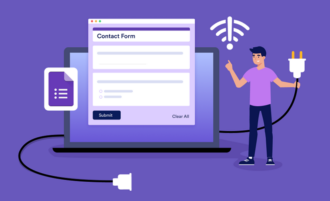

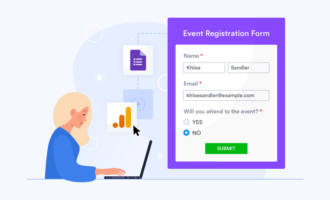










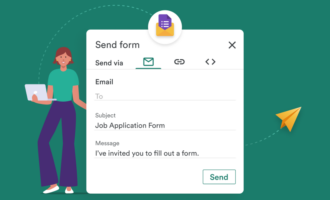



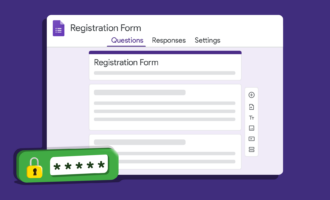
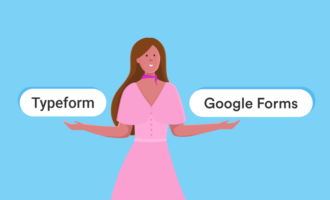

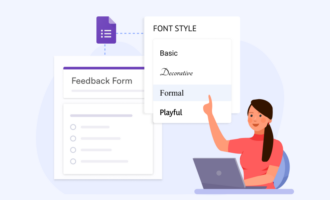
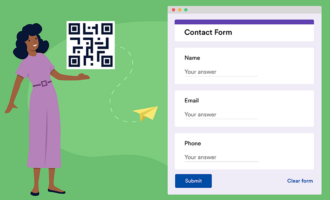


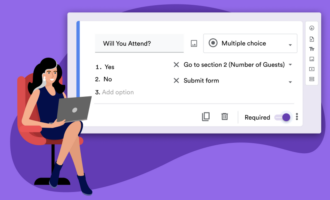
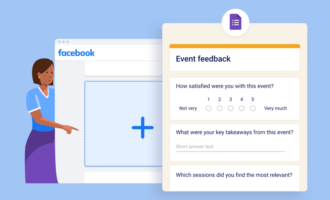



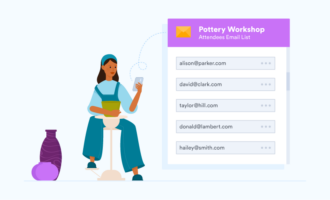



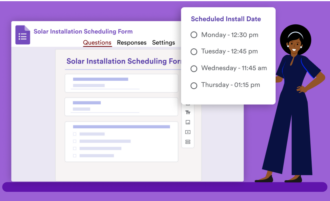
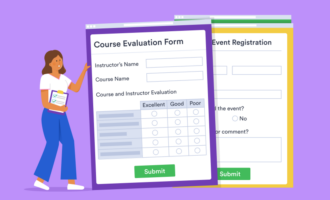






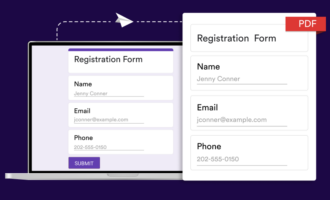










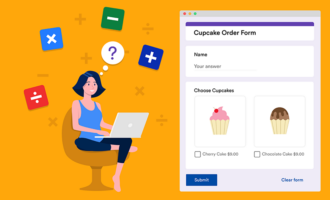






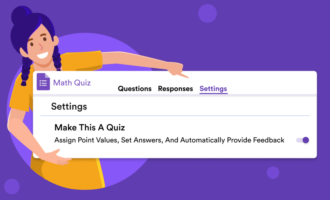








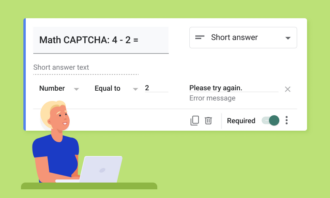







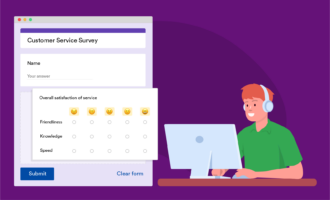


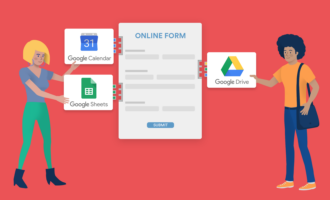
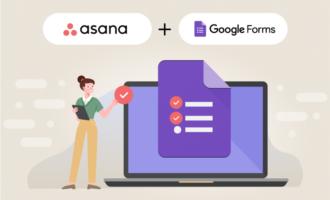


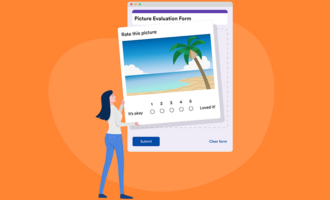
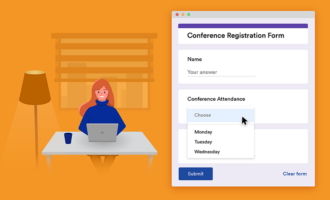














Send Comment: